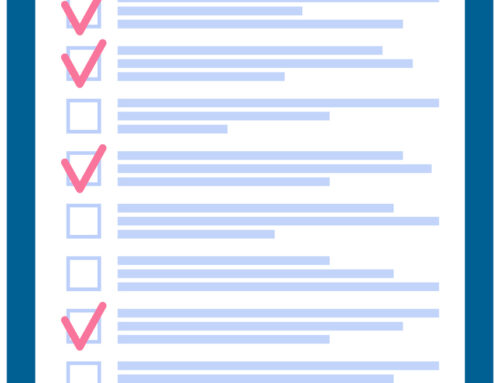It can’t be repeated often enough: A great many labs are using software developed over 20 years ago. That means some software is slow, has difficulty keeping up with current data transfer speeds, integrating with modern systems, lacks today’s native security, compliance and transparency tools, and is more likely to fail.
Cost and disruption are the major reasons labs function on legacy software. Upgrades can take a year or more, they are costly, and while you can minimize disruption to your workflow, disruptions will occur. C4 encourages every lab to use the most up-to-date tools it can acquire, while understanding that for many, the legacy systems will have to do for the moment while considering making the necessary upgrades.
“As a developer and someone who’s been a patient for 32 years,” says C4 Founder and CEO, Todd Stabelfeldt, “I always try to keep the patient the primary focus. I know that’s the lab’s goal also. If anything stands between that patient and the timely delivery of accurate results, we’re not doing our jobs to the best of our ability.”
Catch legacy software issues while they are small
LIS Integrity Services were created to remove a great deal of the pain and risk from labs working with older systems—to help ensure the best patient care. It was designed to help you maintain transparency into the workings of your system so that you can more readily identify anomalies before they become issues, and small issues before they become large ones.
“It’s been a paradigm change in the IT world,” Todd explains, “we have been historically following the break/fix model, and now we’re trying to convert to a managed platform model, sometimes called ‘remote monitoring and managing.’ C4 saw how well this worked for equipment and decided to bring it to laboratory information systems, thus giving labs the proactive tools to help ensure 24/7 system availability.”
“We’ve written this LIS Integrity Services middleware to try to mitigate some of the problems that have become prevalent, and even tolerated by laboratories,” Todd continues. “So, I ask clients ‘Do you want to keep the patient the primary focus? Do you want your techs to be able to do their jobs efficiently, to do more with less?’”
LIS Integrity Services enables this. Dedicated staff get immediate alerts informing them of concerning trends or issues so they can be just as quickly addressed. “Now your staff can spend less time creating support tickets and making support calls, bringing the focus back to patient care,” Todd continues. “It’s a way to empower laboratories to take proactive control of their systems.”
As an example of LIS Services capabilities, Todd points to the monitoring of interfaces. “Some of the most vital parts of the lab are the interfaces,” Todd says. “However, these can be ‘the forgotten’ of the laboratory. They are essentially set-it-and-forget-it devices, but if they stop communicating, they can bring the laboratory’s work to a halt.”
Proactive is better than reactive
Unfortunately, most organizations won’t know there’s an issue until a doctor calls asking why he or she hasn’t gotten their results. The laboratory technician must then call support to get to resolution. On the other hand, with LIS Services, the issue would be immediately identified and quickly addressed. “99% of the time it’s pretty simple,” Todd says. “You can often literally reboot the service or stop and start the application.”
Frequently, C4 helps labs resolve systemic IT problems because our perspective is different, focusing with laser precision at the laboratory-specific functions level.
You may have to use legacy laboratory tools, but you don’t have to be powerless. You can enforce modern transparency onto the system, empowering your team to be more efficient and your lab to be more profitable.
Learn more about LIS Integrity Services.






